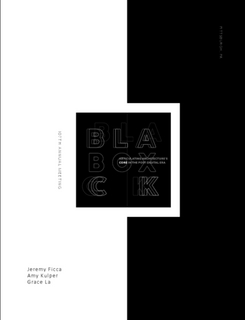Author(s): Rebecca Smith
Similarly to dirt, the term “noise” is often a moving target, defined in relation to what it is not. Noise is both subjective and objective, and is fundamentally reliant upon context for its definition. Specific to sound, the term “noise” can refer to anything from a style of music, to a physical entity with defined and quantifiable characteristics, capable of measurable effects on the human auditory apparatus. In a more colloquial or generalized usage, “noise” is often used to mean the unimportant clutter that gets in the way of the intentional or important content: a meaning similar to the “noise” of communications technology, itself originating in early 20th century theories of signal-to-noise ratio. It is no surprise, then, that the term “noise” recurs in current conversations surrounding digital technology. In recent writing on the implications of data for architectural discourse and practice, both Mario Carpo and Benjamin Bratton evoke the concept of “noise” as a readily accessible shorthand for the condition that we increasingly find ourselves in; a condition wherein we have everything but cannot make sense of any of it. When Carpo describes Google’s epistemological stance of “search, don’t sort,”1 or Bratton describes the increasing significance of “addresses” rather than fixed positions,2 both describe something that we perhaps understand intuitively if not explicitly about the nature of data: that patterns and relationships are everything.
https://doi.org/10.35483/ACSA.AM.107.21
Volume Editors
Amy Kulper, Grace La & Jeremy Ficca
ISBN
978-1-944214-21-0

 Study Architecture
Study Architecture  ProPEL
ProPEL 
